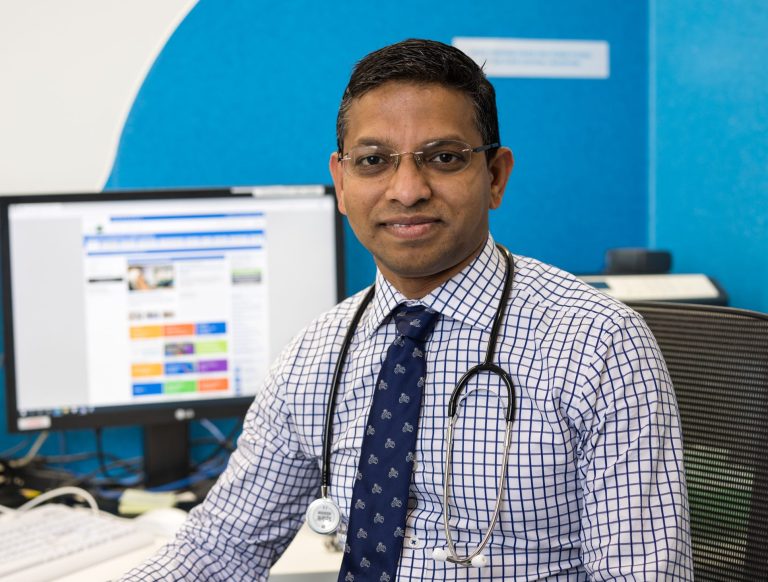
Fund cutting-edge brain cancer research equipment.
- Perth Children's Hospital Foundation
Fund cutting-edge brain cancer research equipment.
- Perth Children's Hospital Foundation

Meet Dr Santosh Valvi, a paediatric oncologist at Perth Children’s Hospital. Santosh is just one of the incredible medical professionals that played a crucial role in helping Luca recover from a very rare and aggressive form of brain cancer.
Luca’s mum, Brooke was told her then three-year-old daughter only had a tiny chance of survival. Over the course of more than a year, Luca endured surgery, chemotherapy, stem cell transplants and daily radiation. It was a gruelling seven-month journey.
Despite overcoming the odds Luca still faces an uncertain future – there is simply no way to know if she will ever make a full recovery.
However, with your help, we can develop better treatments for kids like Luca, as well as conduct more research to help reduce the often-toxic side-effects of current treatments.
Thanks to generous support from our donors, Perth Children’s Hospital Foundation has recently funded three pieces of cutting-edge cancer research equipment. The technology is helping researchers working on clinical trials analyse tumour samples and medications faster, and in more detail.
The equipment also reduces manual handling during experiments, saving time, and ensuring more accurate and reliable results.
For patients who relapse – where brain cancer returns despite treatment – having more accurate information available helps doctors create personalised treatment plans and targeted therapies. This is giving WA kids the best possible chance at survival.
MultiFlo FX – streamlines research workflows and improves the accuracy and quality of research data, including evaluating new types of tumour treatments and the impacts on cancer cell survival.
Mantra Pathology Workstation – a process that used to take seven weeks can now be done in just one week. Comprising a multifunctional microscope, digital camera, computer and image analysis software, the workstation provides faster, more accurate analysis of new drugs and therapies.
Tecan digital dispenser – enables quicker, more accurate drug screening by applying multiple drugs onto cells. A process that used to take several hours can now be done in a minute. Can be used to personalise treatment and determine the susceptibility of patient cancer cells to multiple different drugs simultaneously.



